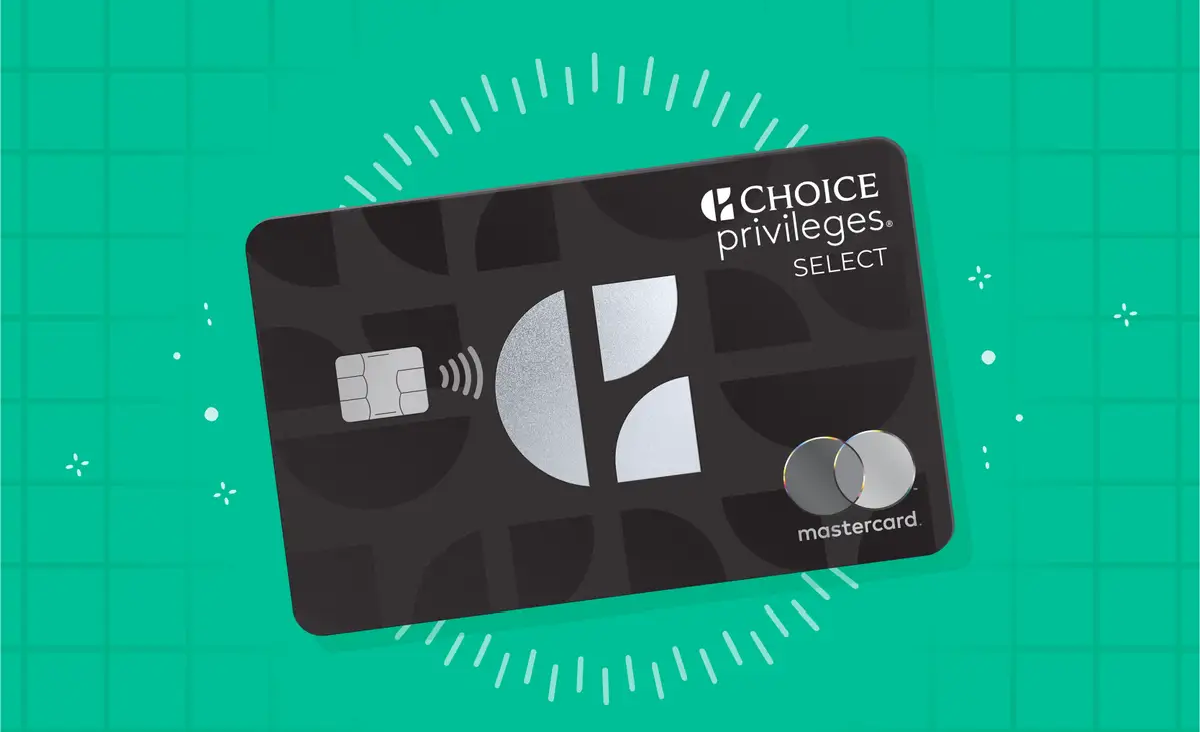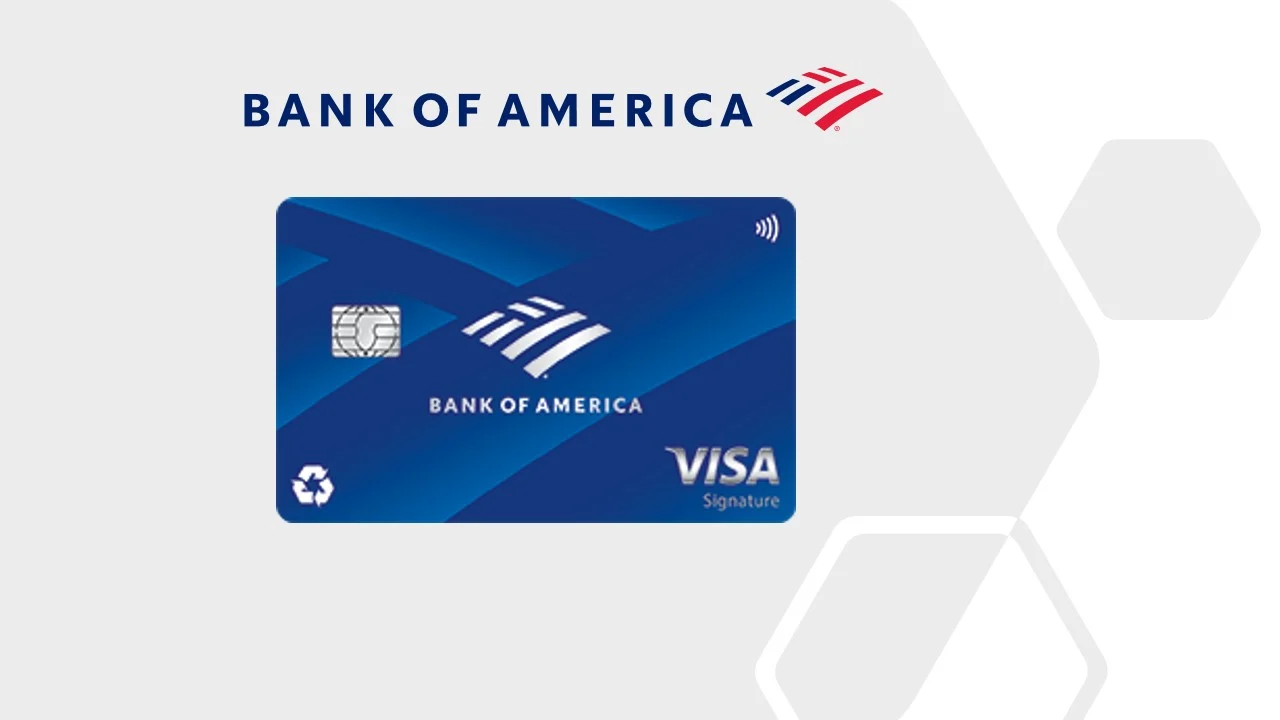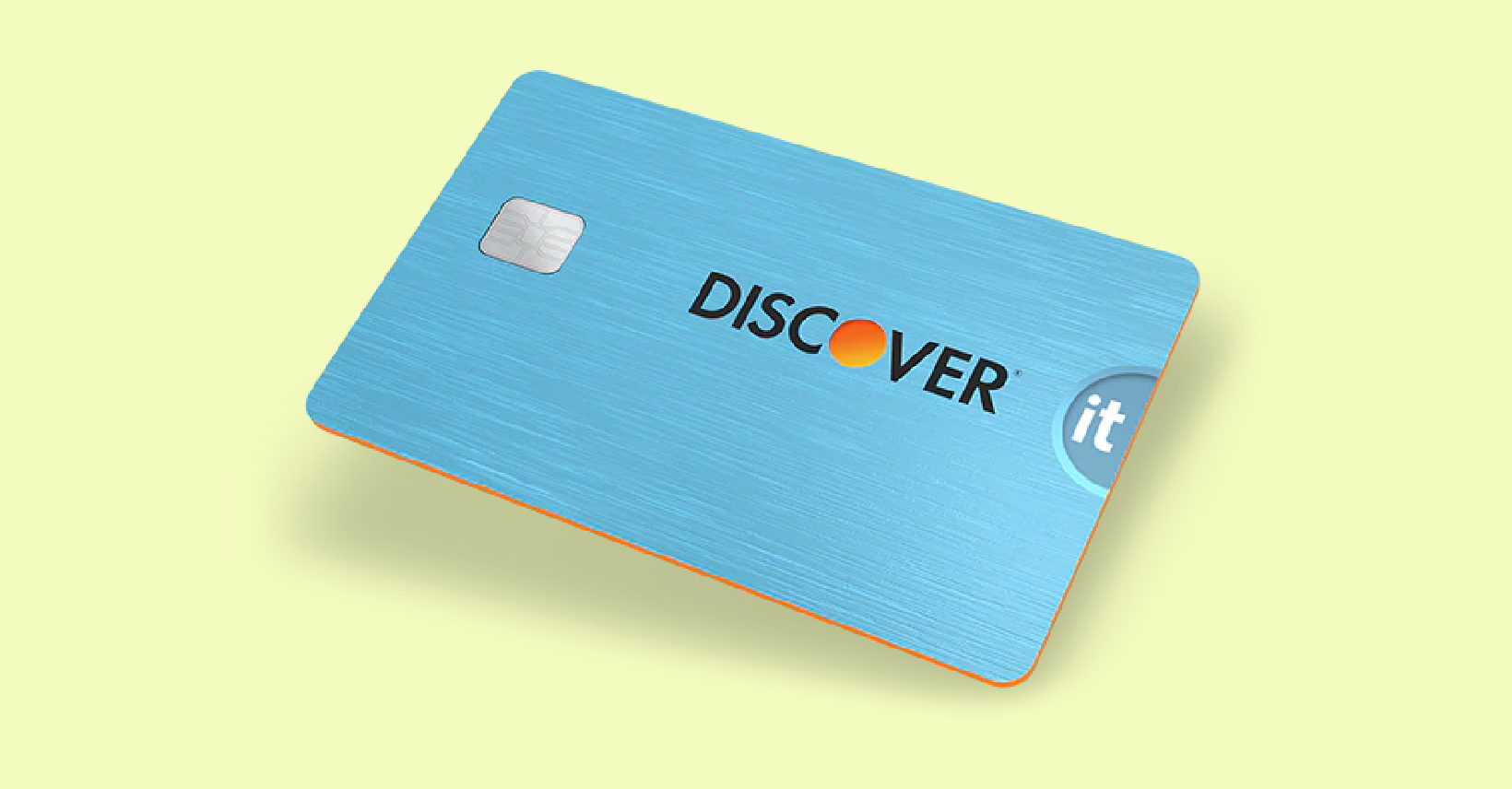The Effects of the Pandemic on Credit Card Use: Changes in Consumption Habits

Introduction to the Changes in Credit Card Use
The recent global pandemic has fundamentally altered many facets of everyday life, particularly when it comes to financial management. The way individuals and families handle credit card usage underwent significant changes as they adjusted to evolving economic circumstances. To navigate this new financial landscape effectively, it is essential for consumers to grasp the implications of these changes on their spending habits.
Several prominent factors underline the transformation of credit card usage during this unprecedented time:
- Increased Online Shopping: With physical retail environments facing closures or capacity limitations, many consumers found refuge in e-commerce. This shift led to a remarkable rise in online credit card transactions. For instance, during the peak of the pandemic, reports indicated a surge in online sales for essential goods, with retailers like Amazon and grocery stores seeing unprecedented levels of credit card purchases. Consumers turned to their credit cards for contactless transactions, which not only provided convenience but also allowed them to bypass crowded stores.
- Shift in Spending Categories: The pandemic prompted a shift in how people allocated their financial resources. Spending on essentials such as groceries, home office supplies, and home improvement items saw significant increases, while expenditures in sectors like travel, dining out, and entertainment plummeted. For example, many families focused their spending on home upgrades to accommodate remote work, purchasing items like ergonomic chairs and new computers, leading to a rise in transactions linked to home improvement retailers.
- Financial Caution: Faced with economic uncertainty, many individuals became more fiscally conservative, opting to prioritize debt reduction and savings. Surveys indicated that a considerable portion of the population paused discretionary spending, instead channeling funds into savings accounts or paying down credit card debt. This newfound financial prudence was not just a temporary trend; many consumers adopted these habits as long-term strategies, seeking to bolster their financial resilience against future uncertainties.
These trends have profound implications not only for individual consumers but also for businesses and the economy at large. By understanding these shifts, both consumers and businesses can make informed decisions about spending habits and financial strategies. As we delve deeper into these trends in subsequent sections, we will provide practical examples, tips, and guidance to help navigate the post-pandemic economy with confidence and clarity.
LEARN MORE: Click here for a step-by-step guide
Shifts in Consumer Behavior Fueled by the Pandemic
The pandemic has not only reshaped the economy but has also fundamentally changed the way consumers interact with their finances, particularly regarding credit card usage. Understanding these shifts is essential for individuals and families aiming to improve their financial health during and after the pandemic.
One of the most significant shifts observed is the increased reliance on credit cards for online purchases. Prior to the pandemic, many consumers had already begun to embrace e-commerce; however, the lockdown measures accelerated this trend dramatically. Retailers across the nation reported that online credit card transactions soared, particularly for essential goods. For example, grocery delivery services saw a dramatic uptick in subscriptions and one-time purchases, with many users utilizing credit cards for the convenience and safety of contactless transactions. As a result, consumers have become more accustomed to managing their finances digitally, leading to a lasting shift in purchasing behavior.
Additionally, there has been a noticeable change in spending priorities. Within a matter of weeks, many households adjusted their budgets to focus on essentials rather than luxuries. Essential purchases dominated consumers’ credit card statements, with increased spending on groceries, personal care items, and household supplies. Categories such as travel and dining out experienced sharp declines. For instance, restaurants that once thrived on dine-in customers pivoted to delivery and takeout services, thereby altering their customer base. Consumers not only prioritized what they deemed necessary but also redirected their discretionary spending towards products and services that facilitated their new lifestyles, such as home fitness equipment and home office supplies. National retailers and local businesses that adapted to this change saw increased credit card usage as they diversified their offerings to align with consumer demand.
This shift in consumption habits is underscored by a growing sense of financial caution among consumers. Many faced job insecurities or reduced income during the pandemic, prompting a move towards safer financial practices. Surveys revealed that a significant number of people began to prioritize paying down existing credit card debt and building an emergency savings fund. Such newfound vigilance led to a decreased appetite for accumulating debt, with consumers focusing instead on sustainable spending, budgeting, and savings habits. This cautious approach to credit management may carry forward, resulting in a more financially literate and responsible consumer base even beyond the pandemic.
In summary, the pandemic has not only shifted the way consumers shop but also how they prioritize their financial well-being. As behaviors and preferences continue to evolve, understanding these trends is paramount for both consumers and businesses. Recognizing the importance of adapting to these changes prepares individuals to navigate a post-pandemic economy effectively, ensuring that they can make informed decisions regarding their finances and spending habits.
LEARN MORE: Click here to find out how to apply
Changes in Payment Preferences and Innovation
As digital transactions became the norm during the pandemic, there was a notable shift towards contactless payment methods. Consumers began to favor contactless credit cards and mobile wallets like Apple Pay and Google Pay, which allow for faster and safer transactions without the need for physical contact. This trend not only provided a layer of convenience but also reassured users concerned about hygiene during in-person shopping. As merchants upgraded their point-of-sale systems to accept these new payment methods, it catalyzed a broader adaptation towards technology-driven financial solutions.
Moreover, the rise of buy now, pay later (BNPL) options emerged as an alternative financial tool that gained traction during the pandemic. Companies like Afterpay and Klarna experienced a surge in popularity as consumers sought ways to manage larger purchases by breaking them down into manageable payments. This option appealed particularly to younger consumers who value flexibility in spending. For example, when purchasing furniture or electronics for remote work and home schooling, many consumers turned to BNPL services instead of traditional credit cards, utilizing them to help manage cash flow more effectively.
Another critical factor influencing credit card usage has been the financial incentives offered by card companies. Many credit card issuers adapted their reward structures to respond to changing consumer behaviors. For instance, cash back offers on grocery purchases became more prevalent, appealing to the needs of individuals focused on essentials. This strategic pivot incentivized consumers to utilize their credit cards for necessary purchases while highlighting the benefits of using credit responsibly, such as earning rewards without accruing debt.
Impact on Credit Scores and Financial Health
With heightened financial awareness and a shift towards cautious spending, many consumers began to actively monitor their credit scores and overall financial health. Awareness campaigns by financial institutions and online platforms made it easier for consumers to access their credit scores and understand the components affecting them. Consequently, more individuals engaged in practices that positively influenced their creditworthiness, such as regularly checking their credit reports for inaccuracies, reducing credit card balances, and making timely payments.
Importantly, this renewed focus on credit scores comes with both opportunities and challenges. While it encourages more responsible credit use, it also means that missed payments or excessive credit utilization during financially strenuous periods could lead to declines in creditworthiness. In an environment where economic recovery remains uncertain, consumers are urged to stay vigilant, making informed decisions that protect their credit scores while maintaining necessary spending.
The Role of Financial Education
The pandemic has underscored the importance of financial literacy as consumers navigate their changing relationships with credit cards and spending. Many individuals have turned to online resources, webinars, and community programs to better understand concepts related to credit management, budgeting, and investment. With schools and traditional personal finance education often lacking in comprehensive coverage of credit, this initiative is crucial in preparing consumers for future financial challenges.
By enhancing financial education efforts, institutions can equip consumers not only with the skills to manage their current credit card usage but also instill a sense of resilience for whatever may come next. Educated consumers are more likely to make sound financial decisions, leading to healthier spending habits that can improve their overall financial well-being.
DISCOVER MORE: Click here to learn how to apply for the Discover It Cash Back card
Conclusion
The pandemic has profoundly transformed credit card use and consumer behavior, emphasizing the importance of adaptability and responsible financial management. As we have explored, the shift to digital payments and the rise of contactless technologies showcase a clear movement towards convenience and safety in financial transactions. Consumers’ preference for buy now, pay later options also reflects a broader trend towards managing spending in a cautious and adaptable manner, especially among younger generations.
Alongside these shifts, increased awareness of credit scores and financial health has emerged as a significant trend. This newfound vigilance encourages individuals to make informed decisions about their credit card usage, fostering better spending habits. As more consumers prioritize financial literacy, they are better equipped to navigate complex financial landscapes and to understand the long-term implications of their purchasing habits.
In conclusion, the pandemic has acted as a catalyst for change in how we view credit and consumption. Now, more than ever, it is essential for consumers to focus on education and responsible credit usage to ensure their financial well-being moving forward. As we continue to adapt to this evolving financial landscape, prioritizing knowledge and understanding will empower consumers to make choices that not only enhance their immediate financial situations but also pave the way for a more secure economic future.


